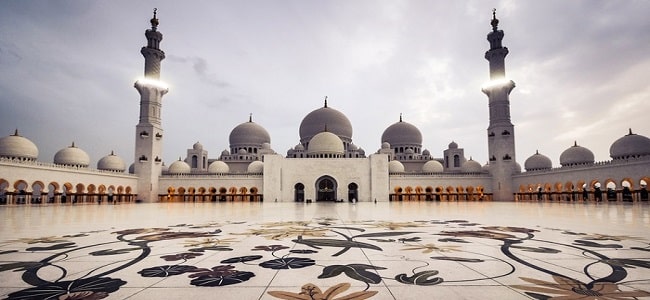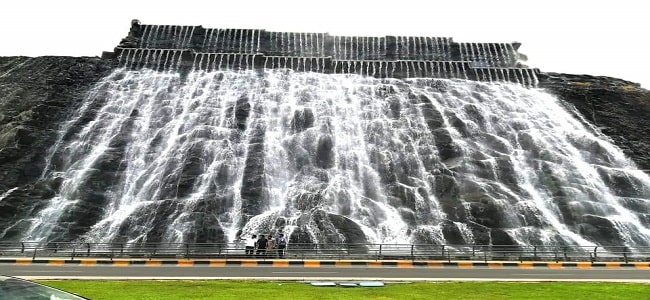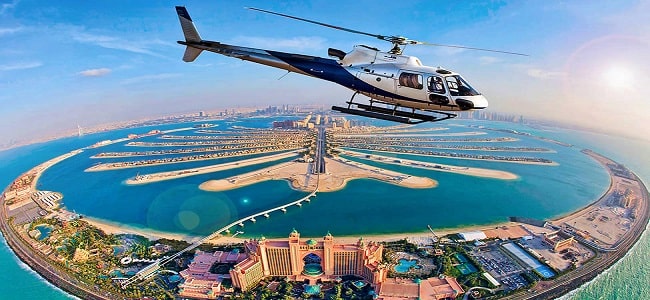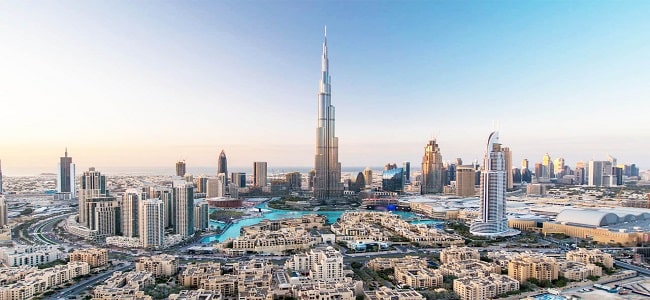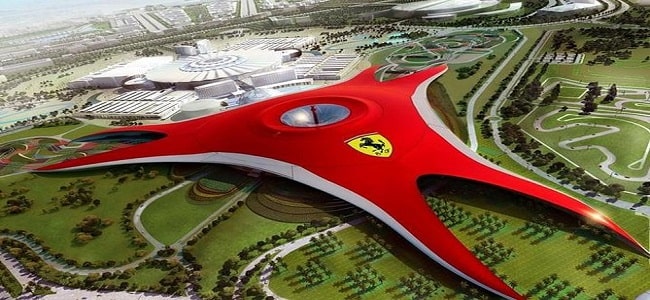Blogs
History of Al Ain: Uncovering the Ancient Oasis
Al Ain, nestled amidst the arid deserts of the United Arab Emirates (UAE), stands as a testament to a rich and enigmatic past. Often referred to as the "Garden City" of the UAE, Al Ain is a captivating oasis that has witnessed the ebb and flow of time, from ancient roots to the modern-day metropolis it has become. Let us embark on a journey through the history of Al Ain in Your Al Ain City Tour, exploring its early settlement, the influence of Bedouin culture, its rise to prominence, role in the birth of the UAE, efforts to preserve its heritage, and the coexistence of tradition and modernity today.
Early Settlement: The Roots of Al Ain's History
The history of Al Ain traces back to more than 4,000 years, making it one of the oldest inhabited settlements in the UAE. Archaeological excavations have revealed evidence of human presence, with ancient irrigation systems and tombs offering glimpses into the past. The city's strategic location along ancient trade routes made it a vital stop for caravans and a hub for commerce, further enhancing its significance in the region's history.
Tracing Bedouin Culture: Nomadic Heritage in the Oasis
Al Ain's history is intricately tied to the Bedouin culture, as nomadic tribes traversed the region in search of sustenance and shelter. The oasis provided a reliable water source, which led to the establishment of settlements by these nomadic communities. Traditional customs, crafts, and storytelling continue to thrive, offering a glimpse into the Bedouin way of life and enriching the cultural tapestry of Al Ain.
Rise of Al Ain: From Village to Flourishing City
Over the centuries, Al Ain evolved from a simple village to a flourishing city, embracing progress while preserving its heritage. The establishment of the ruling Al Nahyan family in the late 19th century brought stability and growth to the region. With the discovery of oil in the UAE, Al Ain experienced rapid development and infrastructure improvements, marking the beginning of its transformation into a modern city.
Birth of the UAE: Al Ain's Role in the Federation
The United Arab Emirates were largely founded thanks to Al Ain. The late Sheikh Zayed bin Sultan Al Nahyan, the man credited with founding the UAE, was born in the city, which continues to hold a special place in the hearts of Emiratis. The emirates came together as a result of Sheikh Zayed's goal of unity and wealth, which culminated in the formation of the UAE on December 2, 1971.
Preserving Heritage: Preserving Al Ain's Cultural Legacy
Despite its rapid development, Al Ain has remained committed to preserving its cultural heritage. The city is home to numerous museums, such as the Al Ain National Museum, showcasing artifacts and historical relics that reflect the region's past. Efforts to safeguard traditional practices, architecture, and language are undertaken to pass on the legacy to future generations.
Landmarks of the Past: Historical Treasures of Al Ain
Al Ain boasts a plethora of historical landmarks that offer visitors a glimpse into its past. The Al Jahili Fort, an iconic structure, stands as a reminder of the city's defensive history. The Hili Archaeological Park showcases ancient tombs and artifacts dating back thousands of years. Additionally, the UNESCO-listed Al Ain Oasis, a labyrinth of date palm groves and ancient falaj irrigation systems, exemplifies the ingenuity of the city's ancestors.
Al Ain Today: Modernity and Tradition Coexist
Al Ain stands as a harmonious blend of modernity and tradition. While it embraces modern infrastructure, towering skyscrapers, and state-of-the-art amenities, the city cherishes its cultural festivals, camel markets, and traditional souks. Visitors can experience the old-world charm while enjoying contemporary comforts, making Al Ain a unique destination.
Conclusion: Embracing Al Ain's Timeless History
Al Ain is still a live example of the region's rich history and cultural heritage and is one of the oldest continuously inhabited settlements in the United Arab Emirates. From its early roots as a vital oasis along ancient trade routes to its role in the birth of the UAE, Al Ain has evolved while preserving its unique identity. Today, as modernity and tradition coexist harmoniously, Al Ain stands as a captivating destination, inviting visitors to embrace its timeless history and experience the essence of the UAE Book Your Al Ain City Tour Now! and Explore the Wonders of this City.
FAQs:
Q 1.What is the history of Al Ain?
Al Ain's history dates back more than 4,000 years, making it one of the oldest settlements in the UAE. Its strategic location along ancient trade routes and the influence of Bedouin culture have shaped its evolution from a simple village to a flourishing city.
Q 2.What role did Al Ain play in the formation of the UAE?
Al Ain holds a significant place in the UAE's history as the birthplace of the late Sheikh Zayed bin Sultan Al Nahyan, the founding father of the UAE. His vision of unity and prosperity brought the emirates together, leading to the establishment of the UAE on December 2, 1971.
Q 3.How does Al Ain preserve its heritage?
Al Ain is committed to preserving its cultural legacy through various means, including museums, architectural preservation, and safeguarding traditional practices, language, and festivals.
Q 4.What are some historical landmarks in Al Ain?
Al Ain is home to several historical landmarks, such as the Al Jahili Fort, Hili Archaeological Park, and the UNESCO-listed Al Ain Oasis, all of which offer insights into the city's past.
Q 5.How does Al Ain balance tradition and modernity?
Al Ain strikes a balance between tradition and modernity, embracing modern infrastructure and amenities while cherishing its cultural festivals, traditional souks, and camel markets. This harmonious coexistence makes Al Ain a unique and captivating destination.
